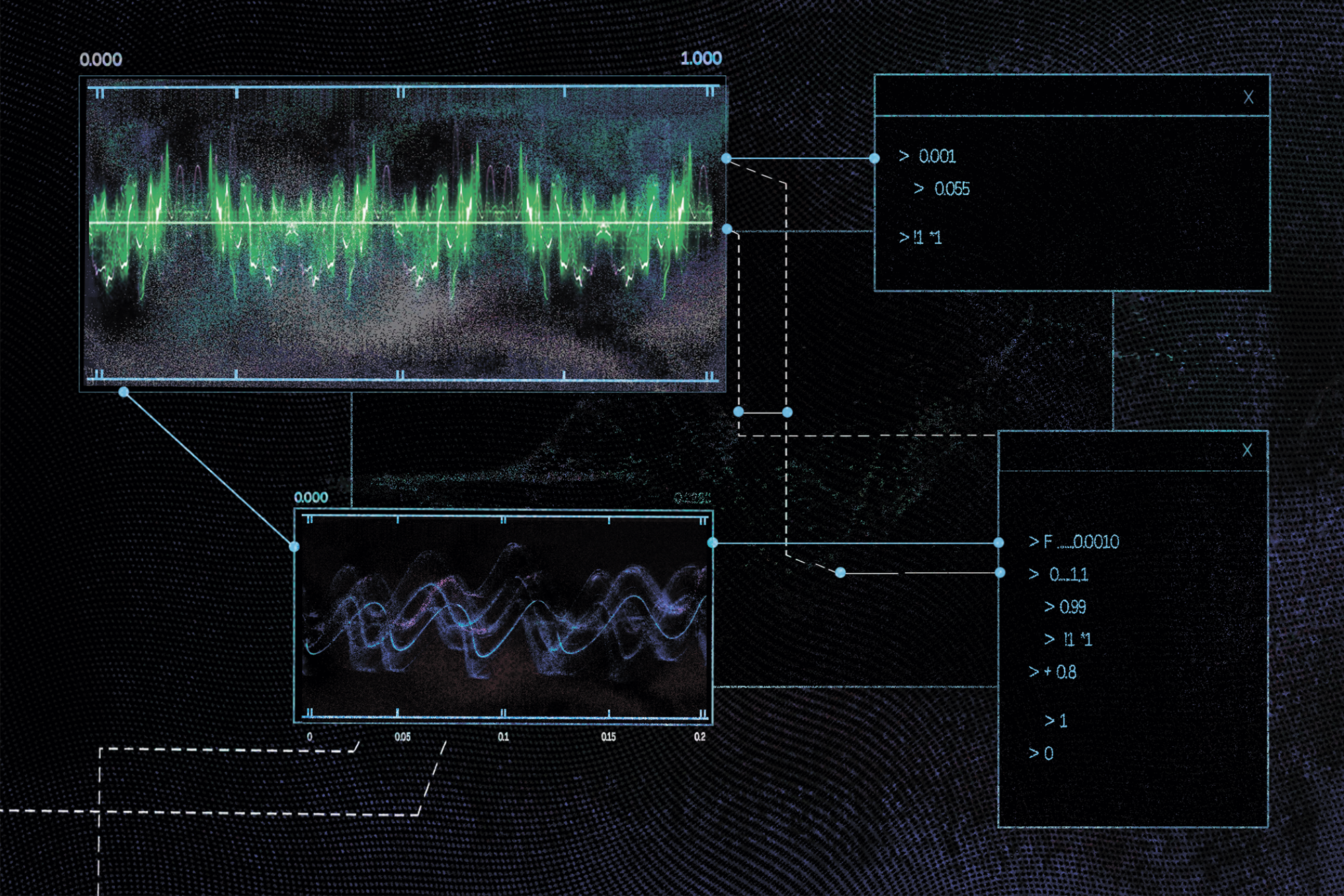Performance of works by Kenji Kawai with orchestra and amateur choir conducted by Kenichi Shimura.
Music from Electronic Dreams. Kenji Kawai's Compositions from the Anime Ghost in the Shell
- Date:
- 26 Oct 2025,
14:00–15:00
- Age restrictions
- 12+
Tickets will be available on the website on 16 and 20 Oct.
The weekend event Verify You Are Human examines Japanese cyberpunk not so much as a science fiction genre, but as an Eastern prophecy about the fate of the human self in the digital age. Across disciplines ranging from animation and neurophysiology to architecture and collective singing, we search for an answer as to what remains of consciousness when it becomes part of a system.
Conductor
Kenichi Shimura
Music director
Roman Zhaurov
Choir director
Kristina Zhmulina
Performers
Pratum Integrum orchestra
Sergei Filchenko artistic director
Evgeny Zubkov percussion
Filipp Fitin percussion
Denis Zhukov percussion
Alexander Suvorov percussion
Feodsosiya Mironova synthesizer
Choir
Ame (Maria Lagerfeld), Ksenia Atadzhanova, Alisa Babaeva, Alentina Farso, Ekaterina Gavva, Olga Gaivoronskaya, Sonya Gudchenko, Anastasia Ivanova, Olga Komissarova, Georgy Kormakov, Maria Ogneva, Svetlana (Lisandra) Pasechnik, Lena T

Lighting designer
Oleg Strashkin
Sound engineer
Sergey Kochetkov
Assistant director
Anna Gangur
Illustration: Axis Collective + Maria Romanova
One of the most recognisable elements of Ghost in the Shell is its soundtrack. The Japanese composer Kenji Kawai created a sonic landscape that became the hallmark of the franchise. Together with director Mamoru Oshii, in the soundtrack for the first film Kawai attempted to convey something primal, hidden inside the technological society of the future. The sound is built around ethnic percussion instruments: the Indonesian gamelan orchestra, Indian table, Thai gongs, and African djembe, but without traditional Japanese instruments. At the same time, the film dispenses with conventional action music: the rhythms, enhanced by synthesizers, generate an anxious and mystic atmosphere, giving the film tension and philosophical depth.
In the sequel Innocence, Kawai’s musical language became even richer. Additional percussion appeared, including Japanese taiko drums, rare timbres such as the 80-note Orpheus music box, the Uchida Strings ensemble, and bells. In both films, the human voice lends a special colour to the ethnic rhythms: the choir evokes a sense of mystical ritual, like an ancient, untranslatable incantation.
At the concert led by Japanese conductor Kenichi Shimura, the orchestra will perform highlights from both soundtracks, arranged for a classical ensemble. The performance will be joined by an amateur choir that has been rehearsing for two months specially for this event. Later that evening, the most dedicated listeners can attend a workshop in the Small Vaults, where they will learn what the text means, and together with laboratory mediators, perform one of the most famous choral compositions whose variations form the foundation of the entire score.